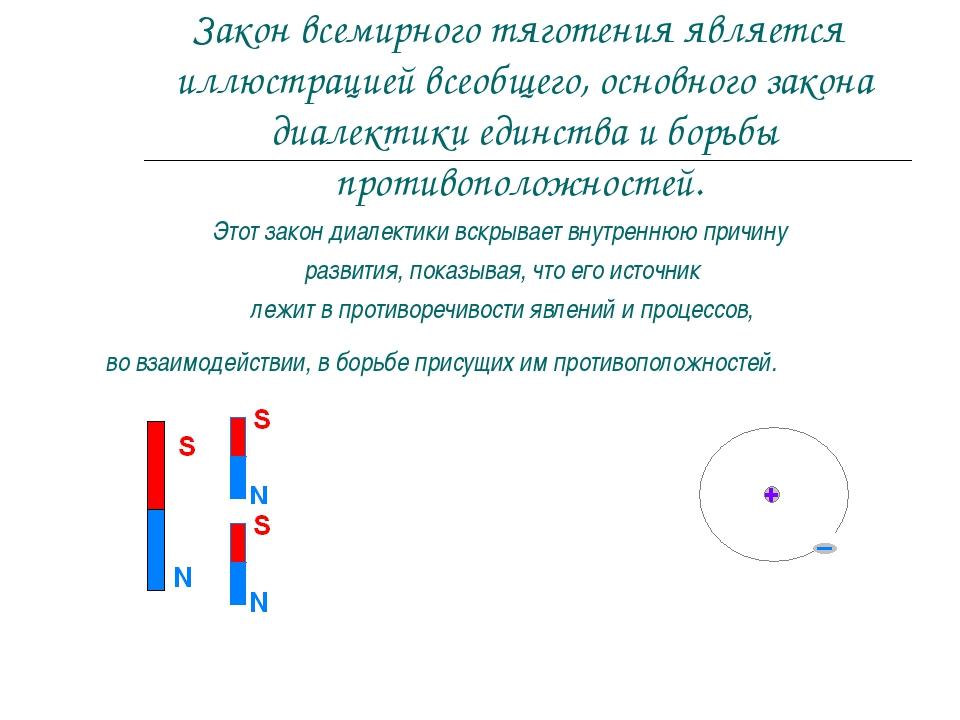
The law of universal repulsion
At the end of 2018, a discussion broke out in the international community of physicists about a controversial publication by Jamie Farnes of the University of Oxford, in which he tries to explain the dark matter and dark energy behind the alleged negative mass interactions. enter the known universe.
The idea itself is not so new, and in support of his hypothesis, the author quotes Herman Bondy and other scientists. In 1918, Einstein described the cosmological constant, which he postulated, as a necessary modification of his theory, "necessary for empty space to play the role of negative gravity in the universe and negative mass scattered through space."
Farnes says that negative mass can explain the flattening of galaxy rotation curves, dark matter, large formations such as galaxy conjunctions, and even the ultimate fate of the universe (it will cyclically expand and contract).
It is important to note that his paper is about "the unification of dark matter and dark energy". The presence of negative mass matter in space could replace dark energy, and also eliminate the problems that have so far been explained by this. Instead of two mysterious entities, one appears. This is unification, although it is still very problematic to determine this negative mass.
negative massalthough the concept has been known in scientific circles for at least a century, it is considered exotic by physicists mainly due to its complete lack of observation. Although it surprises many gravitation it only acts as an attraction, but in the absence of evidence to the contrary, they do not immediately suggest negative mass. And this one will not attract, but repel, according to the hypothetical "law of universal repulsion."
Remaining in the hypothetical sphere, it becomes interesting when the ordinary mass known to us, i.e. "positive", meets with a negative mass. A body with a positive mass attracts a body with a negative mass, but at the same time repels the negative mass. With absolute values close to each other, this would lead to the fact that one object would follow another. However, with a large difference in the values of the masses, other phenomena would also occur. for example, a Newtonian apple with negative mass will fall to the Earth in the same way as an ordinary apple, since its repulsion will not be able to cancel the attraction of the entire planet.
Farnes' concept suggests that the Universe is filled with "matter" of negative mass, although this is a misnomer, since due to the repulsion of particles, this matter does not make itself felt either by light or by any radiation. However, it is the repulsive effect of negative mass filling space that “holds galaxies together,” not dark matter.
The existence of this ideal fluid with negative mass can be explained without the need for recourse to dark energy. But observers will immediately notice that the density of this ideal fluid in an expanding universe should fall. Thus, the force of repulsion of the negative mass should also fall, and this, in turn, would cause a decrease in the rate of expansion of the Universe, which contradicts our observational data on the "collapse" of galaxies, less and less suffocates repelling negative masses.
Farnes has a rabbit out of the hat for these problems, i.e. the ability to create a new perfect fluid as it expands, which he calls the "creation tensor". A neat, but, unfortunately, this solution is similar to dark matter and energy, the redundancy of which in the current models the young scientist wanted to demonstrate. In other words, by reducing unnecessary beings, it introduces a new being, also of dubious necessity.

